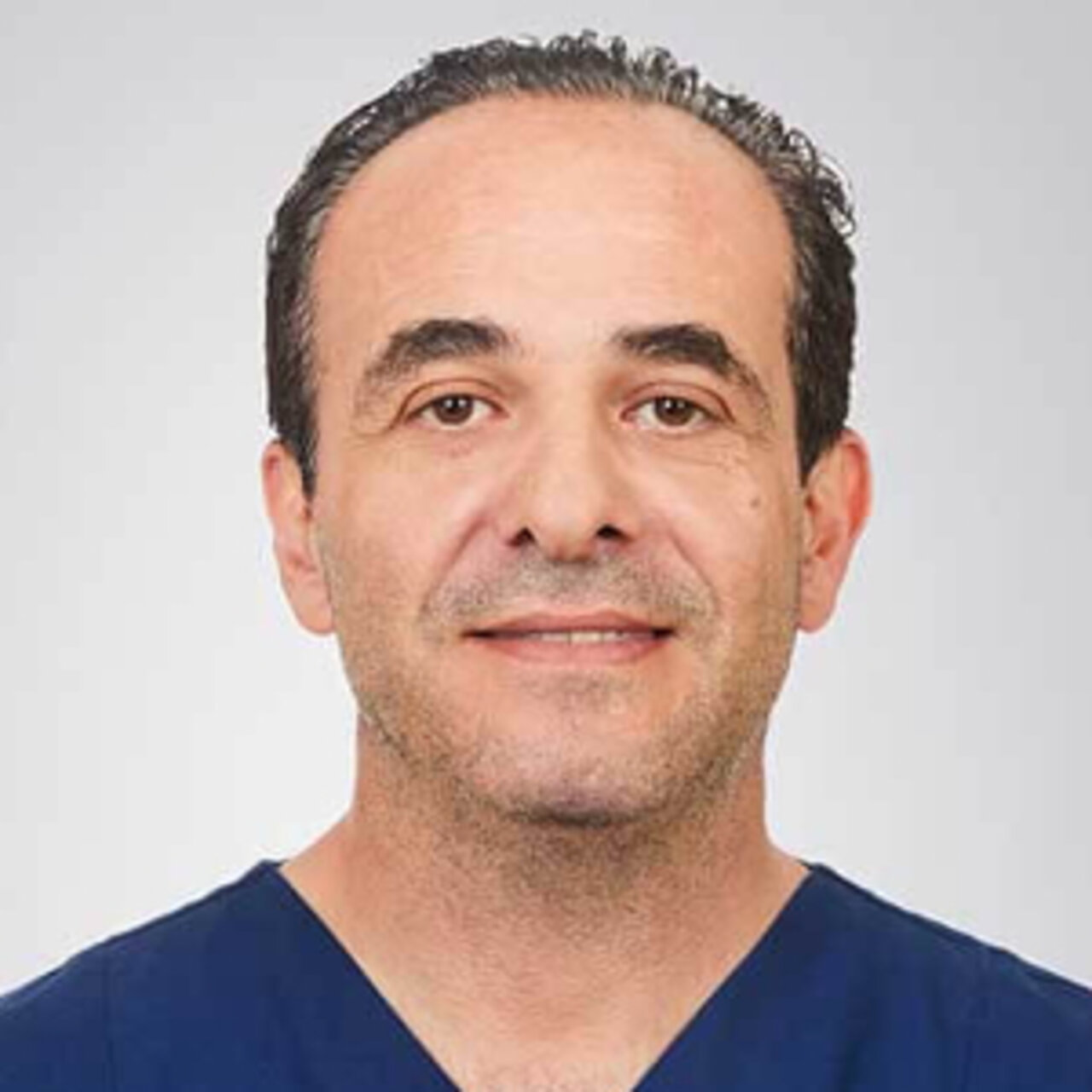Specialists in Breast fibroadenoma
5 Specialists found
Information About the Field of Breast fibroadenoma
What are fibroadenomas?
Fibroadenomas are breast lumps that are formed by an increase in connective and glandular tissue. They are very common and generally benign. Palpating the breast of an affected patient reveals a firm, sharply defined lump that can be moved against the rest of the breast and is painless. Fibroadenomas may have an uneven, bumpy surface and are usually between 0.5-5 cm large. They are typically located in the upper half of the breast near the nipple and most of them grow slowly.
How does a breast lump develop?
A fibroadenoma is caused by an increased growth of connective tissue or glandular tissue in the breast. A distinction can be made between adenomas (increased glandular tissue) and fibromas (increased connective tissue), depending on which predominates.
In general, breast tissue growth is regulated by the female sex hormones. Estrogen in particular is responsible for the development and growth of fibroadenomas. Fibroadenomas arise particularly in circumstances when the body has more hormones available than usual, e.g. during pregnancy or hormone treatment. However, these benign breast lumps may also develop spontaneously without any external influences. Fibroadenomas are found predominantly in women prior to menopause, as they release more estrogen than after the menopause.
The risk of developing a fibroadenoma is reduced by taking a contraceptive, commonly known as the birth control pill.
How is a fibroadenoma diagnosed?
A fibroadenoma is usually found by the affected person themselves or by a gynecologist when palpating the breast. Symptoms are rarely noticeable. If the affected individual does complain of symptoms, they usually include a feeling of tightness and possibly slight pain in the breast prior to their period. However, since this can also occur as part of PMS, or premenstrual syndrome, these symptoms do not clearly indicate a fibroadenoma.
The diagnosis of a fibroadenoma includes palpation of the breast, a mammogram, i.e. an X-ray of the breast, and an ultrasound examination. To differentiate whether a lump in the breast is benign or malignant, a biopsy, which is the removal of a small tissue sample, can also be performed. MRI scans can also be performed instead of mammography. These scans are used for patients who have had previous breast surgery, breast implants or have already had breast cancer.
When should a fibroadenoma be removed?
Since fibroadenomas are typically benign and do not cause any symptoms, they are generally not removed and do not require treatment.
However, it is important to regularly monitor the lump, for example, through ultrasound examinations of the breast at specific intervals or, ideally, by self-examination to check for any changes in the size of the lump. Some fibroadenomas continue to grow and, due to their increasing size, can displace the actual breast tissue and cause changes in the shape of the breast, it may be advisable in some cases to surgically remove the lump. Even if the fibroadenoma bothers the patient or causes discomfort, removal can be considered. This can be done under local anesthesia using a vacuum-assisted biopsy or under general anesthesia in a minor open surgery.
Can a breast lump become malignant?
Fibroadenomas do not generally increase the risk of breast cancer. To be sure that a lump in the breast is a benign fibroadenoma and not a malignant tumor, a biopsy should be performed. If the diagnosis of a fibroadenoma is confirmed, there is initially no indication of malignancy, and the lump can be monitored in the future.
There is, however, a special form of fibroadenoma, the phyllodes tumor. This tumor is very rare and, like fibroadenomas, consists of connective tissue and glandular parts. Here, the connective tissue makes up the majority. These growths are mostly benign but can also present as malignant, cancerous forms. The treatment of choice is then surgical removal of the lump with a sufficient safety margin. In very rare cases, the entire breast must be removed, i.e. a mastectomy must be performed.
Which doctors and clinics specialize in breast fibroadenomas?
The specialists for conditions like breast fibroadenomas are gynecologists. In addition, there are certain breast cancer centers across Germany that are particularly well trained to deal with tumors in the breast.
Anyone in need of a doctor would expect the best possible medical care for themselves. Therefore, patients are looking for the most suitable clinic for their needs. Since this is not an objective decision and a respectable doctor would refrain from claiming to be the best, patients must trust the experience of a doctor.
We can help you find an appropriate expert for your condition. All the doctors and clinics listed have undergone extensive review and have been verified by us for their outstanding expertise in the field of fibroadenomas. They are looking forward to and are ready to address your questions and treatment requests.





